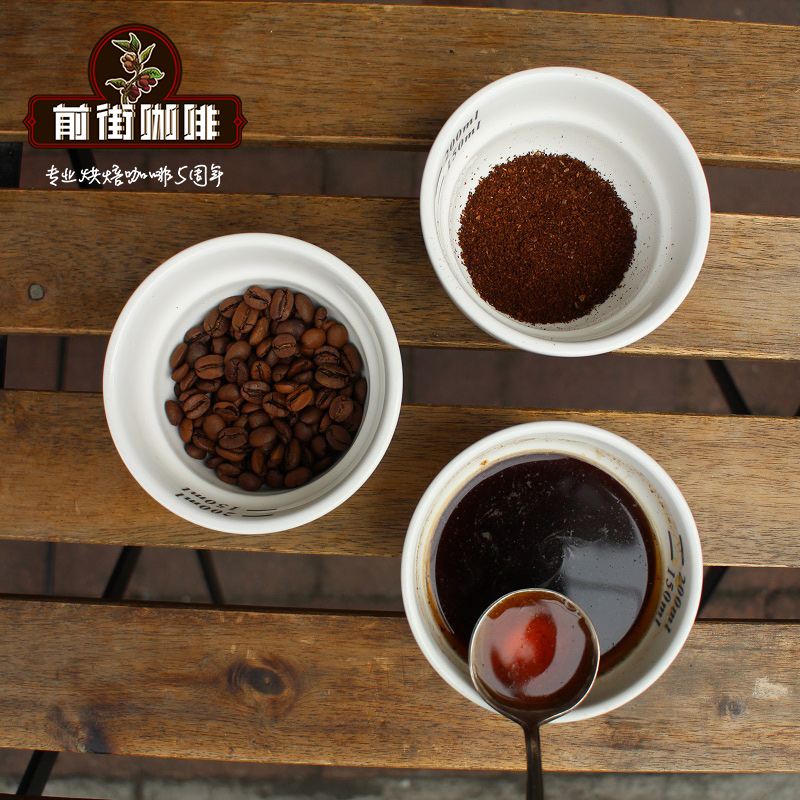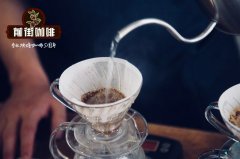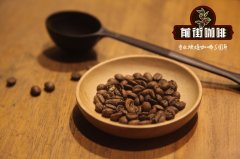What are the characteristics of Cenicaf é 1, a new coffee variety cultivated in Colombia?

The choice of coffee variety affects coffee taste, growing conditions, roasting characteristics, etc., which makes the release of the new Colombia variety Cenicafé1 exciting.
Claudia Florez, agronomist, PhD in plant breeding, collaborates with the Colombia Coffee Growers Federation (FNC) and its research center Cenicafé. She kindly agreed to talk to me about this new breed.
Why create new varieties?
According to the World Coffee Research (WCR),"to adapt to the challenges of the 21st century, new varieties are needed and rapidly needed-changing weather patterns, rising temperatures, and the prevalence of new diseases and insects."
As the weather changes, usually warming, the land available for Arabica cultivation begins to decrease. As farm temperatures rise, certain varieties that are more suited to cooler temperatures will struggle to grow. And, thanks to the cold climate, pests that previously couldn't survive at high altitudes can now thrive there. Weaker trees and stronger pests are dangerous combinations.
As Arabica coffee volumes dwindle, coffee will need to boost productivity to keep up with market demand, WCR noted. But the problem goes far beyond productivity. For producers, it represents lost arable land and crops unless they can find alternative varieties better suited to these new conditions.
Also, Arabica coffee is now dangerously homogenous. Because there is little genetic variation between varieties, the species is more vulnerable to climate change, pests and other diseases.
Ideally, new varieties would not only offer genetic variability, but also quality, productivity and toughness-a golden trio that is hard to achieve. This will help producers avoid the risk of crop failure, pests and diseases, while also facilitating access to high-paying specialty markets.
CENICAFÉ1 VS Katura
Cenicafé1 is the latest breed created by FNC and Cenicafé. From Colombia to Castillo, FNC has a history of creating new varieties resistant to rust. Each new variety attempts to further improve the choices available to producers.
Cenicafé1 was created after 20 years of research. Claudio told me that the goal was to provide a solution for Colombia coffee growers who wanted to use rust-resistant trees like Caturra.
Caturra is a common dwarf tree throughout Latin America with average yield, average quality and average seed size. Its size is small, easy to manage and close planting. However, it is also easy to rust.
Claucafé1 (Claudia interpretation) is a cross between Caturra and Timer Hybrid 1343. As part of its coffee breeding strategy, Cenicafé initially selected 116 progeny from that cross. From these 116, they continue to narrow down the range of offspring until they have new varieties that can be distributed recently.
Not only is it resistant to rust, but it is also resistant to coffee berry disease (a fungus that lives in coffee bark). Fungal spores then attack coffee cherries. Although the disease is not currently a disease affecting mainly African coffee crops in Colombia, FNC and Cenicafé want to plan ahead in case it does spread to Latin America.
Cenicafé1 also has Castillo level yields, a larger average bean size, and has achieved professional grade scores on cupping tables, according to FNC. Let's study it in more detail.
CENICAFÉ1: Deep Appearance
Claudia told me that Cenicafé1 could be grown all over Colombia, as demonstrated by regional testing. What's more, it can be planted at 10000 trees per hectare without shade or at a density of 5,000-7,000 trees per hectare due to its Caturra-like structure. This high density will allow farmers to harvest more from less.
Each tree, Claudia continued, produced 17.6 kilograms of cherries over four harvest cycles-similar yields to Castillo. This will further increase farmers 'harvests.
In this harvest, Cenicafé's survey found that producers might expect 84% of coffee beans to have a mesh size of 18, which would lead to Supremo status. This, in turn, can lead to higher prices. ICO advice: "Despite many exceptions,... there seems to be a loose correlation between size, density and sensory quality." Compared to Cenicafé1, Cenicafé's survey found that Castillo had the highest harvest, while Caturra's harvest was 54%.
Claudia also told me that Cenicafé1 had an initial cupping score of 84 and that a team from the Caldas Department had found aromas of cocoa, honey and hazelnut. She reminded me, however, that quality is complex and cannot be determined by variety alone: farming methods, terroir, processing, etc. also have an impact on the final coffee quality.
Farm CENICAFÉ1
As a newly released variety, producers have not yet been able to grow, harvest and cup their own Cenicafé1 crop. But Colombia producer Jairo Lopez told me he was interested. He wanted it to have a cup profile similar to Castillo and liked the fact that it had rust and resistance to coffee berry disease.
Claudia tells me that four tons of seeds will be distributed evenly across the country this year. There are also three 10-hectare plots at three planting sites.
Cenicafé hopes that the new coffee variety will free producers from worries about rusting or low yields, while also allowing them to tap into specialty markets. They are confident that consumers will like the sweet and nutty flavor it provides.
But Claudia stressed that regardless of the variety, farmers must pay attention to planting density, crop management, fertilization (ideally based on soil analysis), weed management, pest control, etc.
Seed selection is a critical part of farming, but it is only the beginning of producing quality coffee.
Important Notice :
前街咖啡 FrontStreet Coffee has moved to new addredd:
FrontStreet Coffee Address: 315,Donghua East Road,GuangZhou
Tel:020 38364473
- Prev

Hand-brewed coffee | what is the function of hand-brewing coffee? how to make a circle is the right way to make coffee?
When we brew hand-made coffee, have we ever thought about what to circle, what its purpose is, and how to circle correctly. (three consecutive questions) Let's take it one step at a time. First of all, let's understand what turbulence is. Let's start with the basics. We know that the filtration process includes two steps: first, soak the coffee powder with a small amount of hot water and steam for about 30s. The first
- Next

What is the variety of Castillo Castillo? Colombia cultivates coffee varieties.
The variety of Castillo (Castillo) coffee is controversial. On the one hand, it can resist leaf rust.
Related
- Detailed explanation of Jadeite planting Land in Panamanian Jadeite Manor introduction to the grading system of Jadeite competitive bidding, Red bid, Green bid and Rose Summer
- Story of Coffee planting in Brenka region of Costa Rica Stonehenge Manor anaerobic heavy honey treatment of flavor mouth
- What's on the barrel of Blue Mountain Coffee beans?
- Can American coffee also pull flowers? How to use hot American style to pull out a good-looking pattern?
- Can you make a cold extract with coffee beans? What is the right proportion for cold-extracted coffee formula?
- Indonesian PWN Gold Mandrine Coffee Origin Features Flavor How to Chong? Mandolin coffee is American.
- A brief introduction to the flavor characteristics of Brazilian yellow bourbon coffee beans
- What is the effect of different water quality on the flavor of cold-extracted coffee? What kind of water is best for brewing coffee?
- Why do you think of Rose Summer whenever you mention Panamanian coffee?
- Introduction to the characteristics of authentic blue mountain coffee bean producing areas? What is the CIB Coffee Authority in Jamaica?

